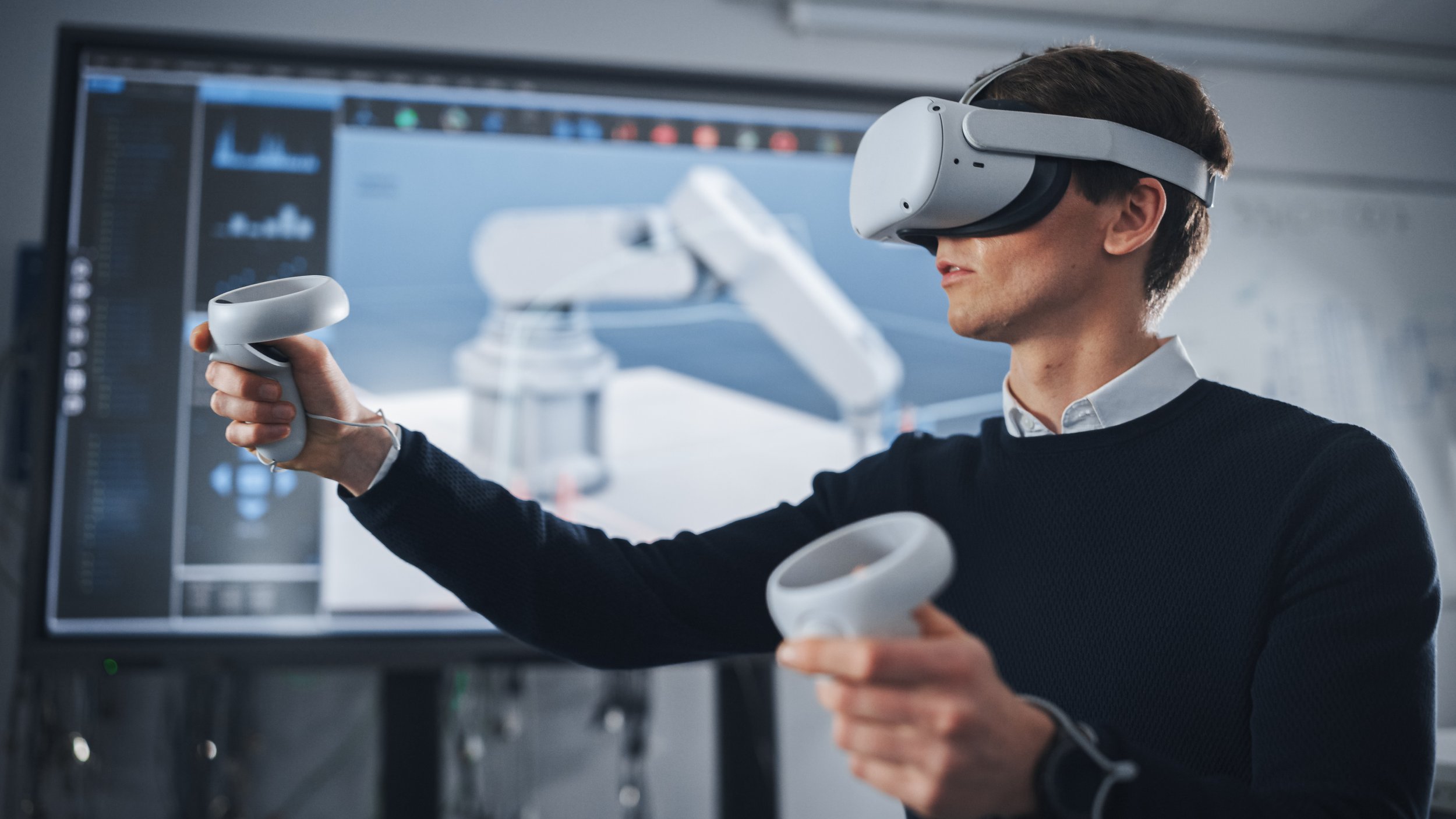Exploring VR CAVE vs HMD Technology: A Comparative Analysis
Virtual Reality (VR) has transformed the way we experience digital environments, offering immersive and interactive experiences. Within the realm of VR, two prominent mediums of experiencing it are VR CAVE (Cave Automatic Virtual Environment) and HMD (Head-Mounted Display) VR. In this article, we will provide an overview of both technologies and then conduct a comparative analysis, highlighting their respective strengths and weaknesses, to understand the main differences between VR CAVE and HMD VR.
Understanding CAVE & HMD VR Technology:
VR CAVE Technology
VR CAVE technology involves creating a dedicated physical space equipped with multiple surrounding walls or screens where virtual content is projected. Users typically wear lightweight tracking devices or use handheld controllers for interaction. This setup facilitates a seamless integration of virtual elements with the physical space, providing a wide field of view and encouraging natural movement and collaboration.
VR without the headset? VR CAVE’s map the virtual environment to the walls for a collaborative experience.
HMD VR (Head-Mounted Display)
HMD VR refers to the use of head-mounted devices, commonly known as VR headsets, which consist of a display screen and built-in sensors for tracking head movements. These headsets fully immerse users in a virtual environment, delivering the experience directly to their eyes and ears through the headset.
The HMD allows for a fully immersive experience but without the ability to see other users in the same space.
Comparative Analysis
Immersion and Field of View
VR CAVE
The projection of virtual content onto surrounding screens in a VR CAVE creates a highly immersive experience, maximizing the user's sense of presence. The wide field of view further enhances immersion by allowing users to perceive a larger portion of the virtual environment.
HMD VR
While HMD VR also provides an immersive experience, the field of view is typically narrower compared to VR CAVE systems. This limitation may impact the sense of immersion, as users are unable to perceive peripheral vision or physical surroundings.
Collaboration and Interaction
VR CAVE
One of the major advantages of VR CAVE technology is its ability to support multiple users simultaneously in the same virtual environment. This makes VR CAVEs well-suited for collaborative tasks, team-based training, and design reviews. Natural interaction is often facilitated through motion tracking systems, enabling users to engage with virtual objects using handheld devices or gestures.
HMD VR
HMD VR primarily offers an individualized experience, with users fully immersed in their own virtual world. While collaboration is possible in certain applications through networked or shared experiences, it may not be as seamless as in VR CAVE setups. Interaction in HMD VR is typically achieved through handheld controllers or gesture recognition, providing a more personal and intimate experience.
Portability and Accessibility
VR CAVE
VR CAVE systems require a dedicated physical space with specialized screens and setups, which limits their portability. The fixed installation makes VR CAVE technology more suitable for permanent installations or specific locations.
HMD VR
One of the key advantages of HMD VR is its portability. Users can enjoy VR experiences using lightweight headsets that are easily transportable, making HMD VR accessible for various settings, including homes, educational institutions, and entertainment centres.
Conclusion
VR CAVE technology and HMD VR offer distinct advantages and considerations for different applications and use cases. VR CAVEs excel in delivering immersive, collaborative experiences and natural interactions. They are ideal for tasks that require multi-user engagement, such as team training or large-scale visualizations. On the other hand, HMD VR provides a personal and portable VR experience, making it accessible, versatile, and suitable for individual users, gaming, and diverse applications.
Ultimately, the choice between VR CAVE technology and HMD VR depends on factors such as the desired level of immersion, collaboration requirements, available physical space, and portability needs. Both technologies contribute to the ever-evolving landscape of virtual reality, pushing the boundaries of human experience and interaction in the digital realm.




